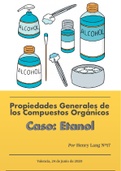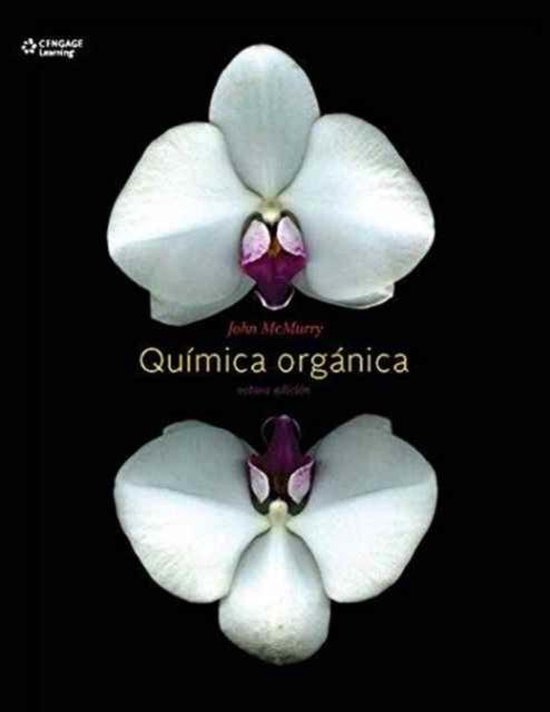Essay
Ensayo Química sobre las Propiedades Generales de los Compuestos Orgánicos (Caso Etanol)
- Course
- Institution
- Book
Descripción de la simetría química, polaridad, fuerzas intermoleculares y los puentes de hidrógeno, densidad, viscosidad, punto de fusión y ebullición, solubilidad, y efecto inductivo. Cada uno con su origen, definición, razón de ser y ejemplificación con el Etanol (Alcohol) como objeto d...
[Show more]




